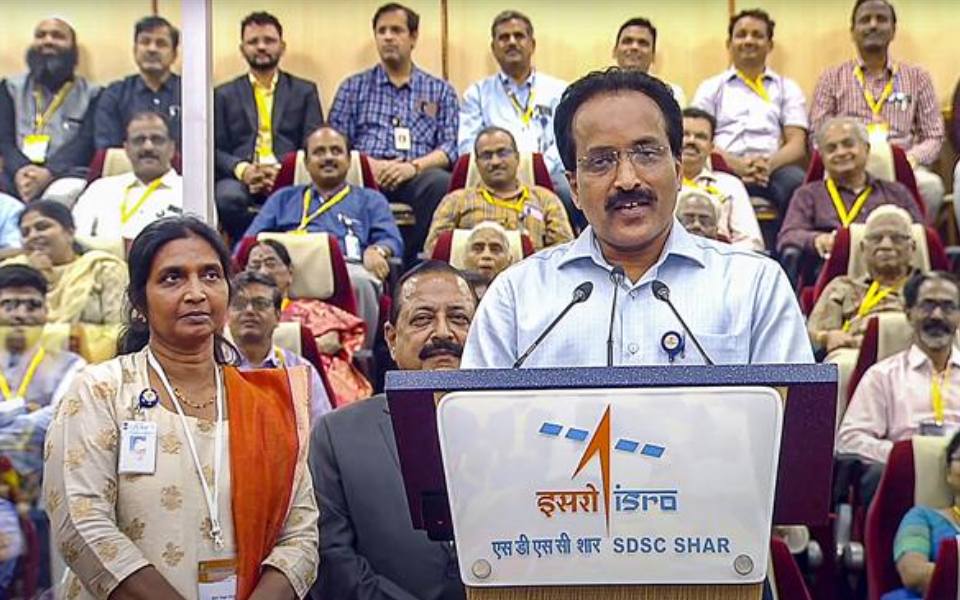Ahmedabad, Dec 23: India's maiden solar mission Aditya-L1 will reach its destination, the Lagrangian point (L1) which is located 1.5 million km from the Earth, on January 6, Indian Space Research Organisation (ISRO) chairman S Somanath has said.
The mission, the first Indian space-based observatory to study the Sun from a halo orbit L1, was launched by the ISRO on September 2 from the Satish Dhawan Space Centre (SDSC) at Sriharikota.
"Aditya-L1 will enter the L1 point on January 6. That is what is expected. Exact time will be announced at appropriate time," Somanath told mediapersons here on Friday on the sidelines of the Bharatiya Vigyan Sammelan organised by Vijnana Bharati, an NGO working to popularise science.
"When it reaches the L1 point, we have to fire the engine once again so that it does not go further. It will go to that point, and once it reaches that point, it will rotate around it and will be trapped at L1," he said.
Once Aditya-L1 reaches its destination, it will help measure various events happening on the Sun for the next five years.
"Once it is successfully placed on L1 point, it will be there for the next five years, gathering all the data which are very important not for India alone but for the entire world. The data will be very useful to understand the dynamics of the Sun and how it affects our life," the ISRO chief said.
How India is going to become a technologically powerful country is very important, he said while addressing the gathering.
ISRO has made a plan to build an Indian space station, called 'Bharatiya space station' during the 'Amrit Kaal' as per Prime Minister Narendra Modi's instructions, Somanath said.
"In the space sector we are seeing an emergence of new actors...We are going to support, encourage and build the economy around the new generation," he said, adding that India cannot become a leader in everything, but it should focus on the sectors where it can.
Let the Truth be known. If you read VB and like VB, please be a VB Supporter and Help us deliver the Truth to one and all.
Mumbai (PTI): Aviation watchdog DGCA on Friday eased the flight duty norms by allowing substitution of leaves with a weekly rest period amid massive operational disruptions at IndiGo, according to sources.
As per the revised Flight Duty Time Limitations (FDTL) norms, "no leave shall be substituted for weekly rest", which means that weekly rest period and leaves are to be treated separately. The clause was part of efforts to address fatigue issues among the pilots.
Citing IndiGo flight disruptions, sources told PTI that the Directorate General of Civil Aviation (DGCA) has decided to withdraw the provision 'no leave shall be substituted for weekly rest' from the FDTL norms.
ALSO READ: 49 Indigo flights likely to be cancelled from Hyderabad
"In view of the ongoing operational disruptions and representations received from various airlines regarding the need to ensure continuity and stability of operations, it has been considered necessary to review the said provision," DGCA said in a communication dated December 5.
The gaps in planning ahead of the implementation of the revised FDTL, the second phase of which came into force from November 1, have resulted in crew shortage at IndiGo and is one of the key reasons for the current disruptions.
#BREAKING: #DGCA relaxes a clause which debarred airlines to club leaves with weekly rest to mitigate #IndiGo crisis
— Economic Times (@EconomicTimes) December 5, 2025
🔴 Catch the day's latest news here ➠ https://t.co/8eVBGnsJUA 🗞️ pic.twitter.com/KUWc8R2Kso





